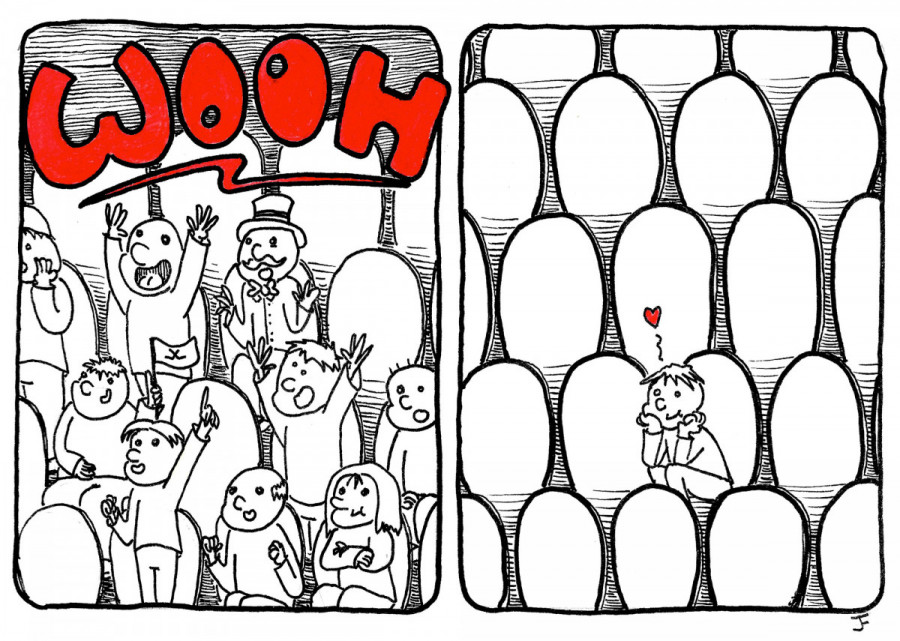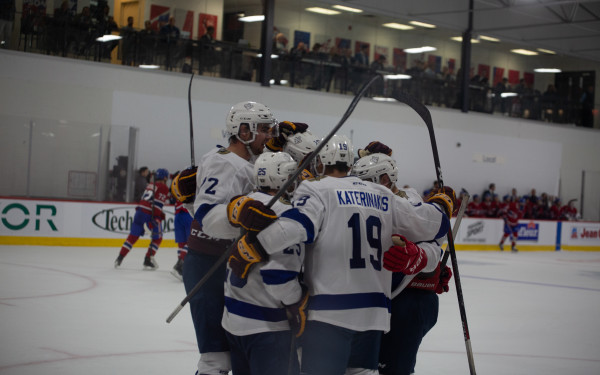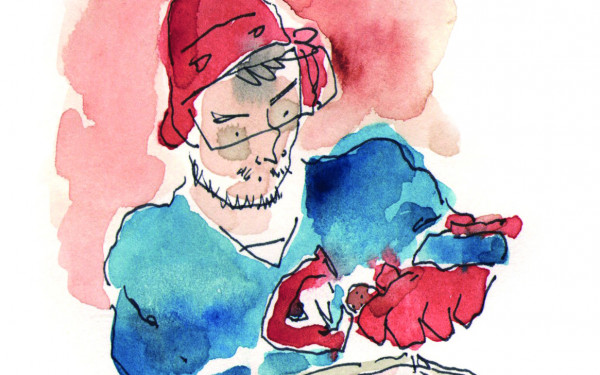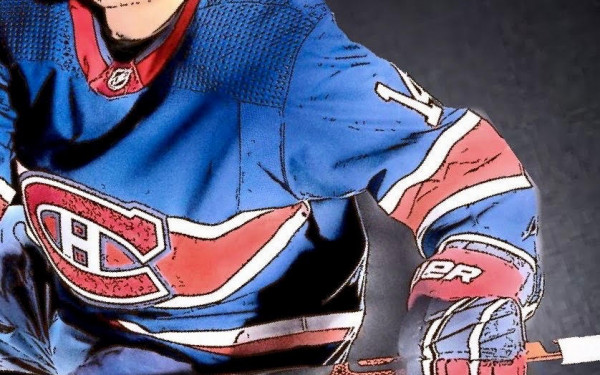The Curious Case of Canadian NHL Attendance.
Despite Hockey Still Being Canada’s Most Popular Sport, NHL Attendance is Down
There is no question the city of Montreal bleeds bleu-blanc-rouge—local hockey culture is still alive and well as Montreal Canadiens fans stay glued to their TVs night after night.
Attendance rates to home games, as ESPN has shown, have stayed steady over the past decade, with the Bell Centre consistently selling over 98 per cent of its seats.
The 2018-2019 season saw the Montreal Canadiens have the second-highest attendance rates in the entire National Hockey League, averaging over 21,000 fans a night.
These seem like great numbers when compared to the New York Islanders, who averaged less than 13,000 fans on a nightly basis.
However, have you ever noticed there are, in fact, vacant seats? Is the Bell Centre really a full house every night? These numbers may not always tell the whole story.
“Don’t listen to what the Bell Centre announces, it’s clear when you go to a Habs game, there’s empty seats, it’s not full anymore,” said Moshe Lander, an economics professor at Concordia University. “Why? Because [young] people don’t have a recollection of the glory days. We’re going to start seeing fans walk away.”
Lander suggested that these statistics may falsely represent the amount of fans that really show up to Montreal home games; these seats, though paid for, are left vacant. The Bell Centre does not take that into account.
Lander also points out how the Montreal Canadiens, like some of the other big Canadien hockey franchises, have seen their growth, both in terms of finances and results, diminish over the years.
The Toronto Maple Leafs, for instance, saw their Stanley Cup hopes shattered by the Boston Bruins last season, as the team succumbed to a third consecutive first-round exit.
The Toronto Raptors, on their end, found great success in the postseason: they shocked the sports world with an NBA championship win, a first in the franchise’s history. Game six, the game in which the Raptors sealed the deal against the powerhouse Golden State Warriors, broke Canadian TV viewership records with over 7.7 million viewers.
As Lander suggested, casual sports fans are now flocking to a Raptors team that is finding tremendous success, with less interest in rooting for the Toronto Maple Leafs, a team that has not won a Stanley Cup since 1967.
This new generation of hockey fans does not know what a winning team feels like.
“No Stanley Cup parade down Ste. Catherine St. for over a quarter of a century, no parade in downtown Toronto for over half a century,” continued Lander.
This lack of success, as Lander explains, is hurting the Canadiens fanbase, as casual sports fans are turning away from their local team. Bandwagon or not, many fans are opting to support teams that are winning, plain and simple.
When ticket prices for home games can go up to almost $300, it’s difficult for casual supporters to fathom spending that much to see a team that has made the playoffs just once in the past four years.
The NHL generated around $4.86 billion U.S. in revenue in the 2018 season, and are projected to see significant growth moving towards 2020.
Almost the entirety of this revenue stems from the North American market, including its various TV deals and revenue sharing structure. The question remains, though, why hasn’t the NHL worked harder on building a market overseas?
What has the NHL done to brand itself on an international level? The league did send the Philadelphia Flyers to play Lausanne HC, a professional club based in Switzerland, in September—in an attempt to gain international attention among a smattering of other events like this over the years. Lander agreed that the NHL just does not have enough international viewership.
Lander went on to compare the NHL to the NBA, which has done a much better job branding itself on an international level; the NBA is seeing annual revenue from both Chinese TV deals and has been testing the international markets for branding and sponsorship opportunities.
“There’s nothing like that, every time we score, the crowd goes crazy, it’s a sea of red. It’s a pretty amazing feeling.”
— Jesperi Kotkaniemi
The NHL has to compete overseas with leagues like the Kontinental Hockey League in Russia, the Swedish Elite League in Sweden, and the SM-liiga in Finland dominating the European markets.
“I think it’s getting bigger. For many kids [in Finland], their heroes are Finnish league players, more than NHL guys, but the NHL is getting bigger,” said Finnish Montreal Canadiens forward Jesperi Kotkaniemi. “But with social media now, everyone can follow.”
Social media, as the third overall pick in the 2018 draft suggests, has made it easier for fans who otherwise would not have access to games or highlights to be involved with the NHL.
According to the league, more than 31 per cent of active NHL players are born outside of North America; fans that have grown attached to their local star players may continue to follow them even once they pursue their professional career in the NHL.
Kotkaniemi, who grew up playing hockey in the small town of Pori, Finland before being drafted by the Montreal Canadiens, has done just that.
A young European talent who broke into the North American market. His presence on a popular team like the Canadiens helps build hype for the NHL on international level. Kotkaniemi just could not say enough good things about his time in Montreal.
“There’s nothing like that [Bell Centre atmosphere],” said Kotkaniemi. “Every time we score, the crowd goes crazy, it’s a sea of red. It’s a pretty amazing feeling.”
Patrick Marczak, a physical education student from McGill University, has been a Habs fan his entire life, and never really noticed if the Bell Centre was selling out every night.
“I probably go to see maybe two or three Habs games every year, but I haven’t really noticed that many empty seats when I go,” said Marczak. “If Montreal is playing Minnesota or like Florida, yeah there’s some empty seats. But games against Boston or Toronto, it’s always packed.”
Rivalry is, after all, what people come to see, and it’s what creates thrill and excitement amongst the fan base. It is always a captivating game when the Canadiens are matched up against the division rival Boston Bruins or Toronto Maple Leafs.
The rich history between these teams is what makes these games a must-watch, for young and old fans alike.
However, as Marczak pointed out, games against teams with a smaller fanbase, or who have not had much success in recent seasons, just don’t attract much public attention.
The young fan also brought up how most casual fans will opt to watch other teams and even other sports if their team misses the postseason.
“Honestly, because the Montreal Canadiens didn’t make the playoffs, I didn’t really follow the NHL playoffs too much,” said Marczak. “There was so much hype around the Raptors in Canada that I caught myself more excited to watch basketball than hockey.”
Hockey is Canada’s official winter sport, after all, and the city of Montreal is still very passionate about its historic NHL franchise.
However, younger fans do not know what it is like to win and bring home the Stanley Cup.
No Canadian team has won Lord Stanley’s Cup since the Montreal Canadiens lifted it in 1993, which has no doubt hurt the growth of a Canadian fanbase.
Yes, the NHL dominates the North American hockey market, but its inability to generate interest on an international level has made its growth less than it could have been over the last couple of years.



_600_375_90_s_c1.jpg)


